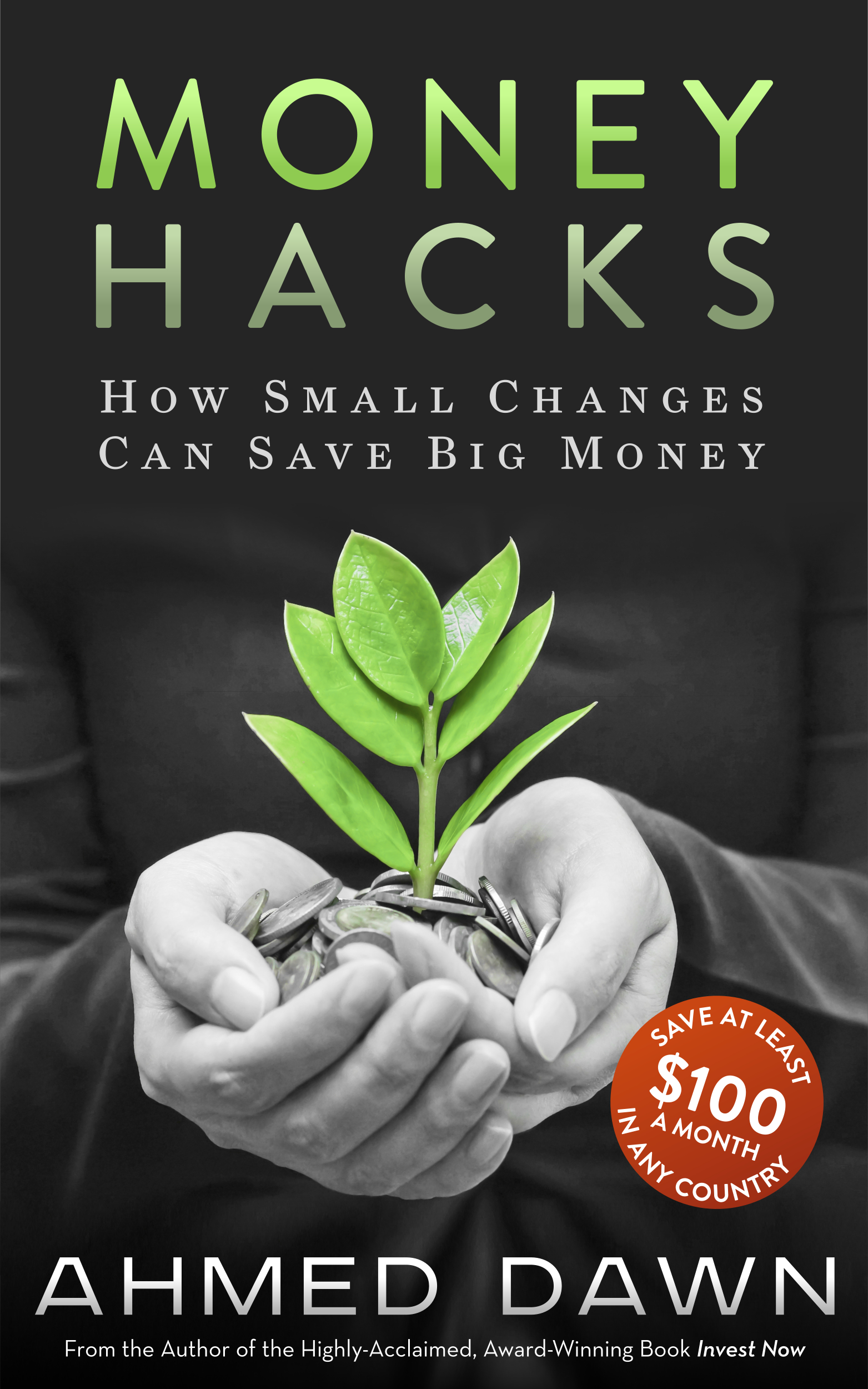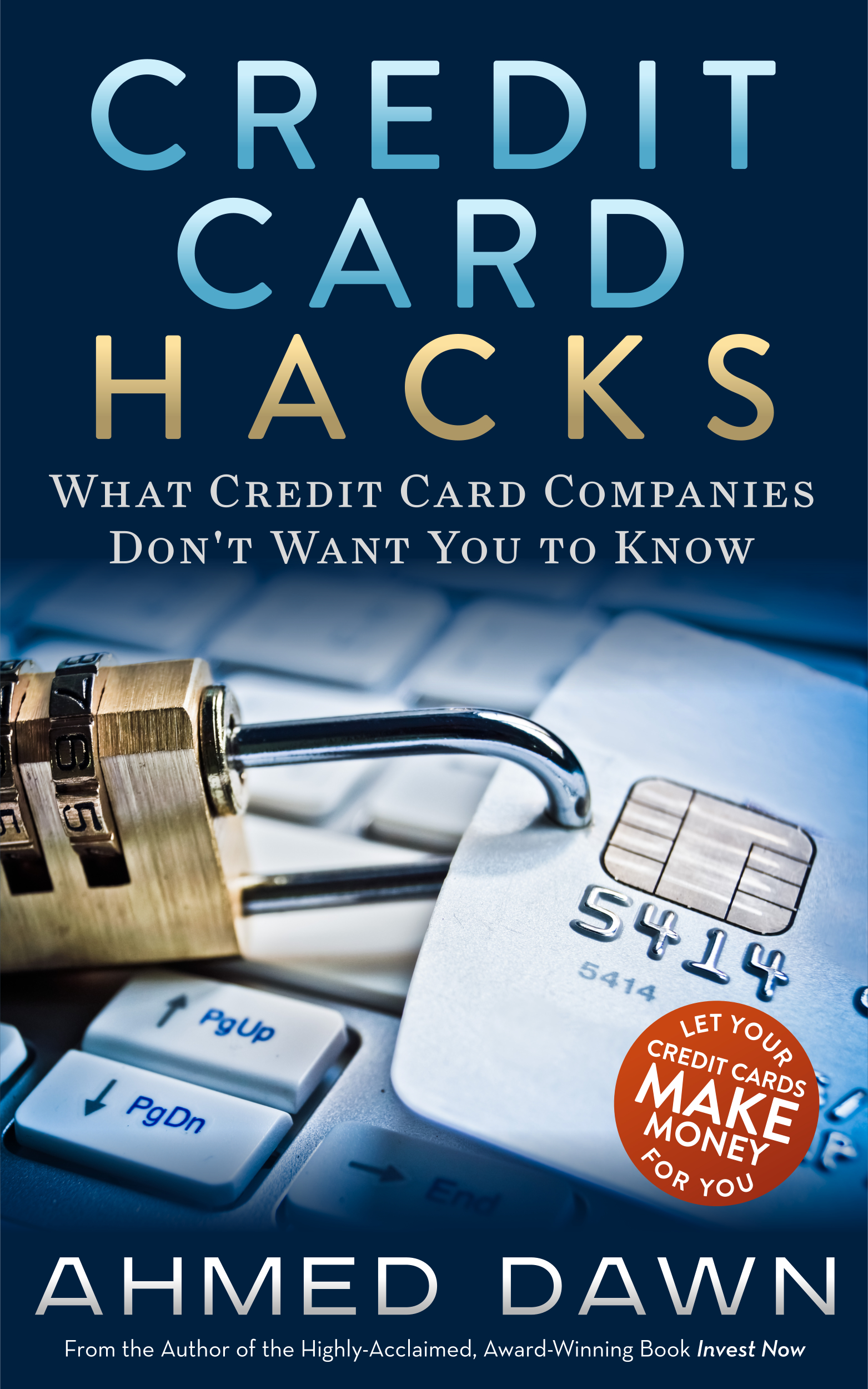Niagara Falls Marriott on the Falls Review – My Worst Marriott Experience
/Marriott on the Falls Niagara Falls Canada Review
After staying at numerous Marriott hotels across the globe, I can say that I had my worst customer service experience at Niagara Falls Marriott on the Falls.
As I always do, I asked for an upgrade at the Bonvoy check in counter. The Asian-Indian woman had no idea what a courtesy upgrade was and demanded money. I told her that I have had upgrades from many other Marriotts and this had never happened before. I told her about my last Marriott experience in Manila. She reluctantly moved me to a king bed from 2 queen beds.
It’s not that I didn’t like not getting an upgrade. Many other Marriott hotels had declined me before, but with a smiling face and saying they were unable to accommodate me. But this rep didn’t even know how to handle it.
After a couple of hours, I went to the Bonvoy counter again for slippers, as there were none provided in the room. This time there was Chinese lady who asked me to wait, so she can give me the slippers to take back to my room.
My partner was shocked because it is humiliating to hand over amenities to the customer. I asked her, “Isn't someone supposed to take it to the room?” She said, “No, I will give it to you now.”
Instead of arguing, I returned to the room with a pair of dangling slippers. It was like a demonstration of how bad a Marriott can be.
I am a Bonvoy member but they never mentioned any thanks or appreciation for it, like they do at all other Marriotts. I wanted to call Marriott to complain, but my lady stopped me and asked me to let it go and still have a good vacation after some unprofessional associates ruined the name of Marriott within our first 2 hours of checking in.
Next morning, I wanted to print a copy of my itinerary, but the printer in the business centre had no ink. I notified someone and she said to come back after 30 minutes. I came back after 2 hours and still they hadn’t changed the ink.
I asked someone else again and she said to email her my itinerary and she would print it from a printer in her office. I was not comfortable emailing it and let it go.
I couldn’t help thinking about other Marriott hotels I had been to and their unparalleled service and attention to detail! My next Marriott stay is expected to be in Bangkok, Thailand and can’t wait to check in at a different Marriott again!








